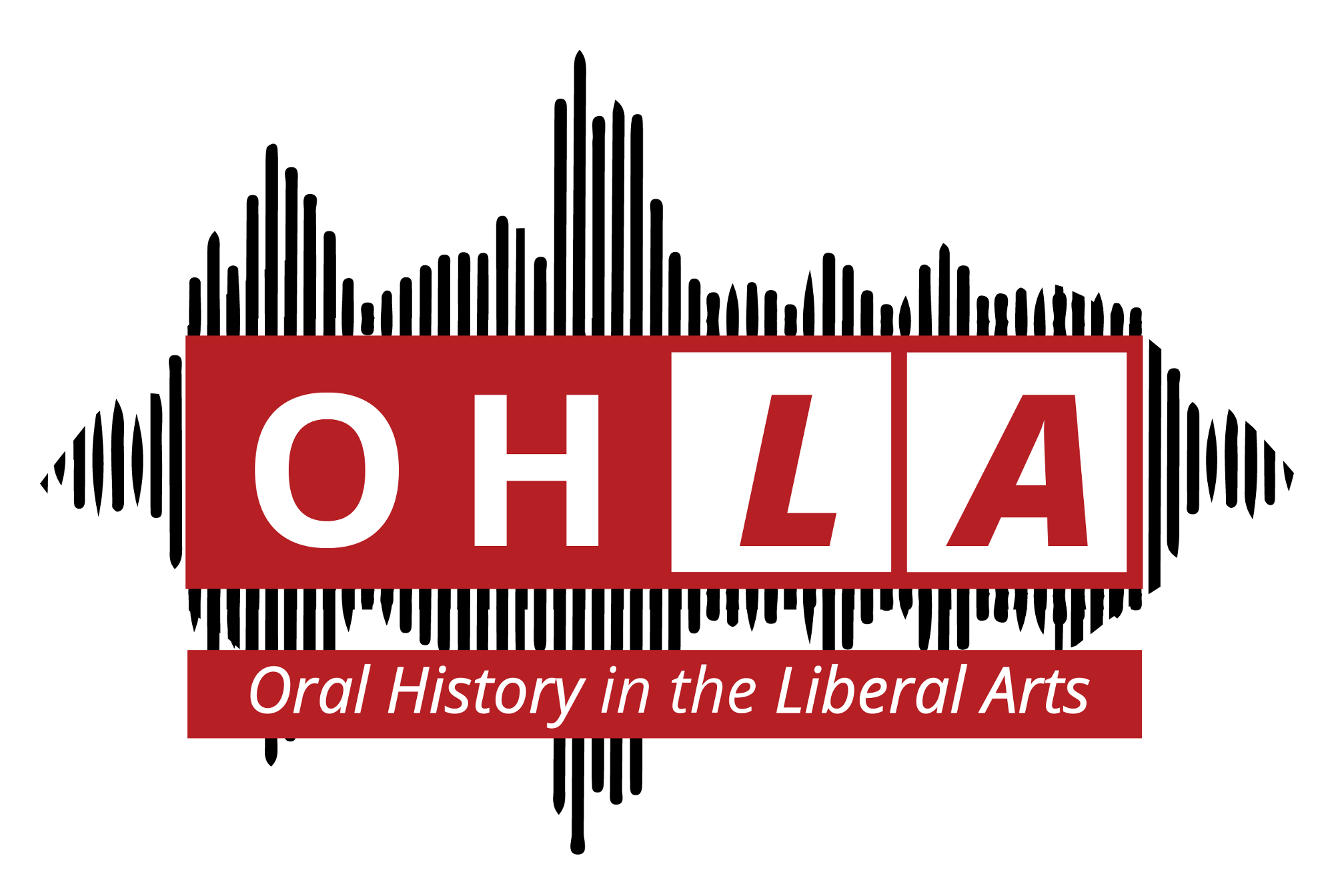In my first post, I considered how neoliberal education, with its focus on “return on investment” and “deliverables,” can produce students impatient to check boxes on their way to acquiring credentials. This approach to education, as a series of accomplishments, as a resume builder, as a requirement to meet before “real life” begins, can run counter to the rhythms of long-term research projects. Using oral history as a pedagogical tool thus requires that we prepare our students for a form of learning that might feel unfamiliar, and more importantly, frustratingly slow and unpredictable.
Indeed, teaching via oral history and ethnographic inquiry is one way to move students toward slowing down, engaging in their local communities, listening (rather than frantically producing), and critically reflecting on their everyday experiences. But really doing this work relies on preparing students for the multiple contingencies of interview-based research, including: community members’ willingness and ability to participate; the emergence of new research questions; a constantly-evolving base of both theoretical and community knowledge; the introduction of new sites for inquiry; and continually developing analytic themes. In short, even carefully-conceived oral history projects can easily spiral into never-ending, always-evolving endeavors. How to limit this in the space of a semester without shutting down students’ curiosity? And conversely, how to open students to the rich possibilities of following new lines of inquiry?
I’ve encountered many curious, engaged, smart students in my classes who also want to know exactly what they must do in order to earn an “A” in my courses. They want, unsurprisingly, clear-cut assignments with “right” answers, predictable due dates, rubrics. Telling a class full of these students that they’ll each conduct “at least” one interview, maybe more; that they may or may not find important places to conduct participant observation; or that their final research topic will depend on the work they’ve done all semester—all of this may invite discontent, even revolt, from the students if they are not adequately prepared. Absent preparation, students can perceive these classes as disorganized, over-demanding, unrealistic. But students who understand and plan for these contingencies can not only accommodate them, but find them exhilarating and even inspiring.
In my class, Youth Media in Meadville, I did two very simple things to ready students for success in our semester-long research project:
- I designated the course signature only. This compelled students to meet with me before registering for the course. In these meetings, I impressed upon students the unique nature of the course, explained that the majority of work would be collaborative, and highlighted the pedagogical reasoning for the course design. In other words, this conversation was my first opportunity for meta-teaching with these students. I continued to meta-teach once we started the course, often discussing my decision-making process with them and inviting their input in the process.
-
I folded contingency and student flexibility explicitly into the syllabus, both in my grading scheme and in a note to the students. “Contributions” comprised 25% of the students’ final grades. For some time now, I’ve replaced “participation” in my syllabi with “contributions” in an attempt to signal to students that they are not to merely “take part” in the class, but actively contribute to the production of knowledge in the classroom. In this course in particular, the students were expected to contribute in full to the research collaborative. I elaborated,

I also included a section in the syllabus titled, “A Few Notes for Succeeding in this Collaboration.” One note read:

In short, successfully negotiating the sometimes unpredictable nature of oral history projects in the space of the classroom required clear preparation and communication with the students. By acknowledging from the get-go that this type of project departs from the typical classroom experience, I let students know that I was meeting them where they were starting. And, by using the tools of the traditional classroom (the syllabus, and more importantly, the grading schema), I helped facilitate student buy-in. In short, understanding that they would be supported through the unpredictability and recognized for their ability and willingness to not only roll with the punches but also seize new opportunities helped students to take ownership in the project and get excited – rather than overwhelmed – by new paths of inquiry.




